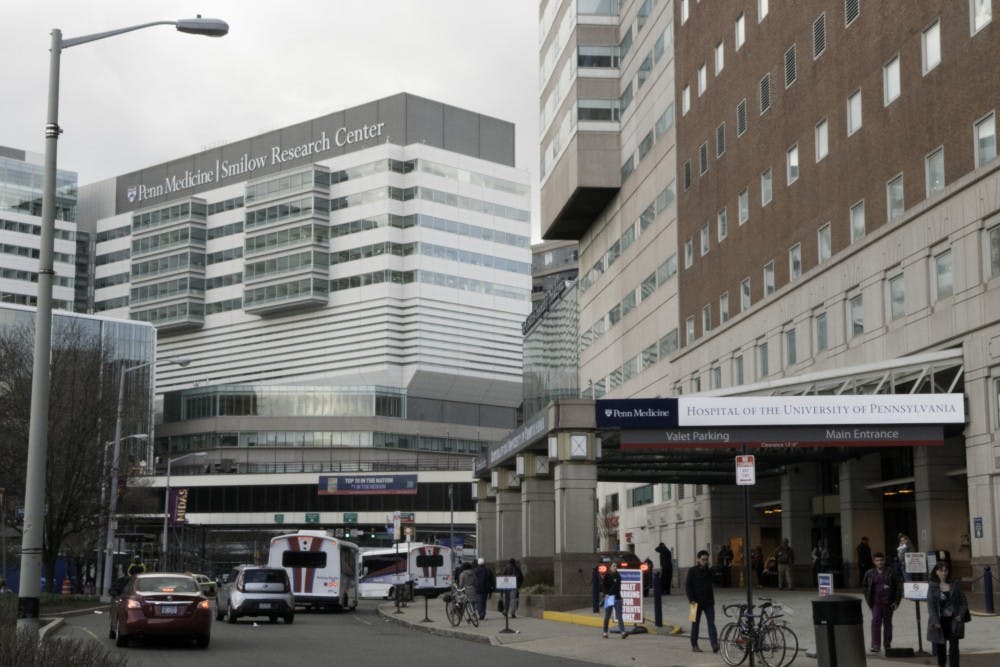
With the growing problem of opioid abuse in the United States, it might not come as a shock that the prevalence of opioid prescriptions is increasing.
Mark Neuman, an assistant professor of anesthesiology and critical care at the Perelman School of Medicine, recently led a study about this rise in opioid prescriptions.
“We know that opioid use is a major public health issue in the U.S.,” Neuman said, explaining the impetus for the research. He said that opioids are commonly used as pain relief after surgery.
“There has been some work examining the links between those two things, but there hasn’t been much work looking at patterns over time in opioid prescribing,” he added, “so we thought that that would be something potentially relevant.”
In order to gather data, Neuman and his colleagues looked at a database of insurance claims, which included a list of pharmacy prescriptions. The researchers examined how many people were prescribed opioids along with how much medication they received in the years 2004, 2008 and 2012.
“We looked at who got opioids after surgery in each year, and how much medication patients got in each different year,” he said.
The results were concerning, especially in light of the increasing opioid abuse in the United States.
“Overtime, across all surgeries, it seemed like more patients were filling opioid prescriptions after surgery, and they were getting more medication in the prescription once they filled it,” Neuman said.
The results, he said, “highlight ways in which people might be able to improve practice by using non-opioid treatments for pain or by using more rational opioid prescribing.”
However, Neuman did acknowledge that there is a time and place for the prescription of opioid medication. He added that opioids are an important part of pain relief and that they have both advantages and disadvantages. He also believes that the results of his research are indicative of a need for more research on alternatives to pain treatment and relief.
“We can do more to learn about why people are prescribing opioids more and more after surgery,” he said. “I think there’s an opportunity for research on the effectiveness of multi-modal approaches to treating pain."
Neuman is especially keeping an eye toward the future.
“The most important thing is to recognize the potential long-term consequences of any of these short-term pain treatment decisions,” he said.
The Daily Pennsylvanian is an independent, student-run newspaper. Please consider making a donation to support the coverage that shapes the University. Your generosity ensures a future of strong journalism at Penn.
DonatePlease note All comments are eligible for publication in The Daily Pennsylvanian.





